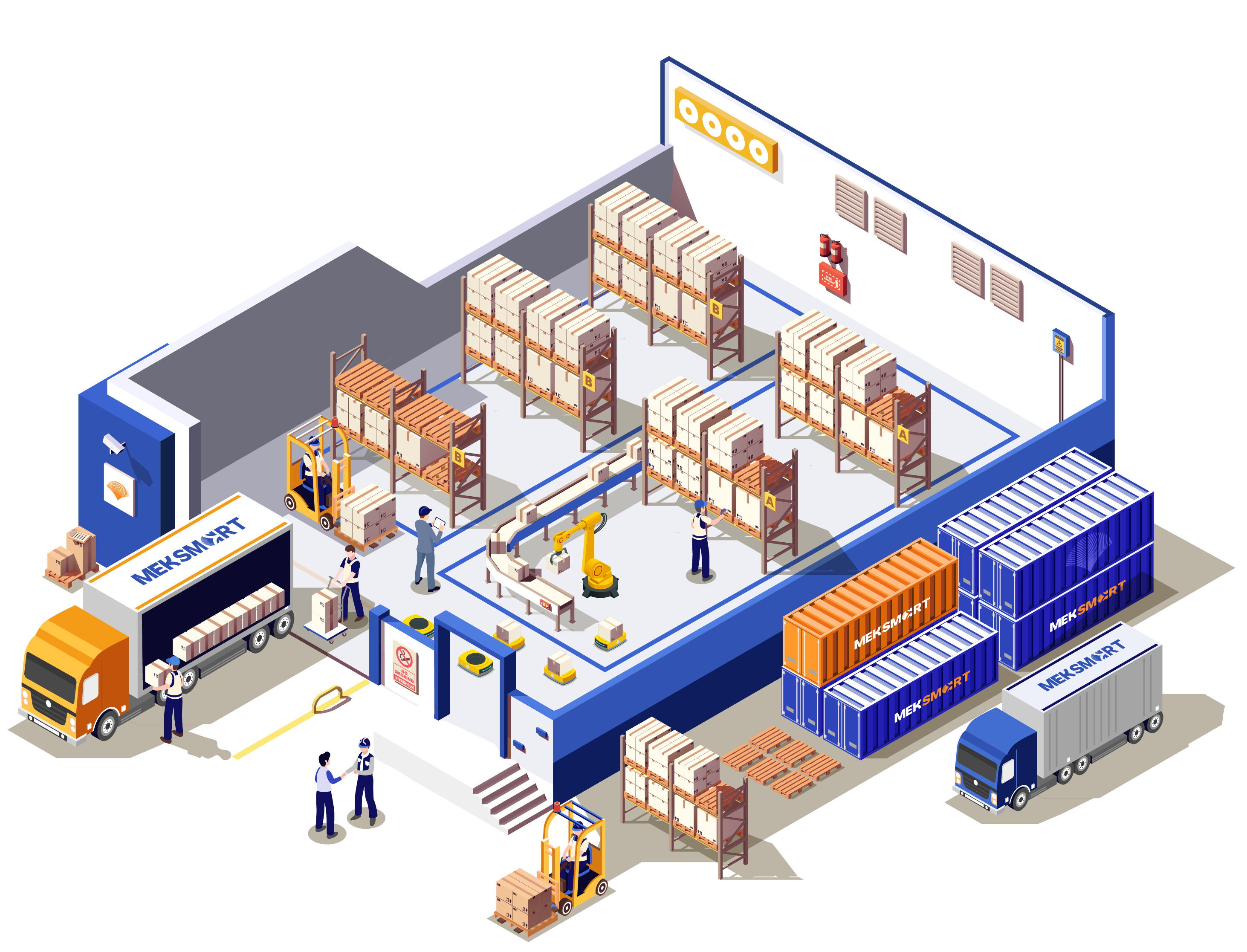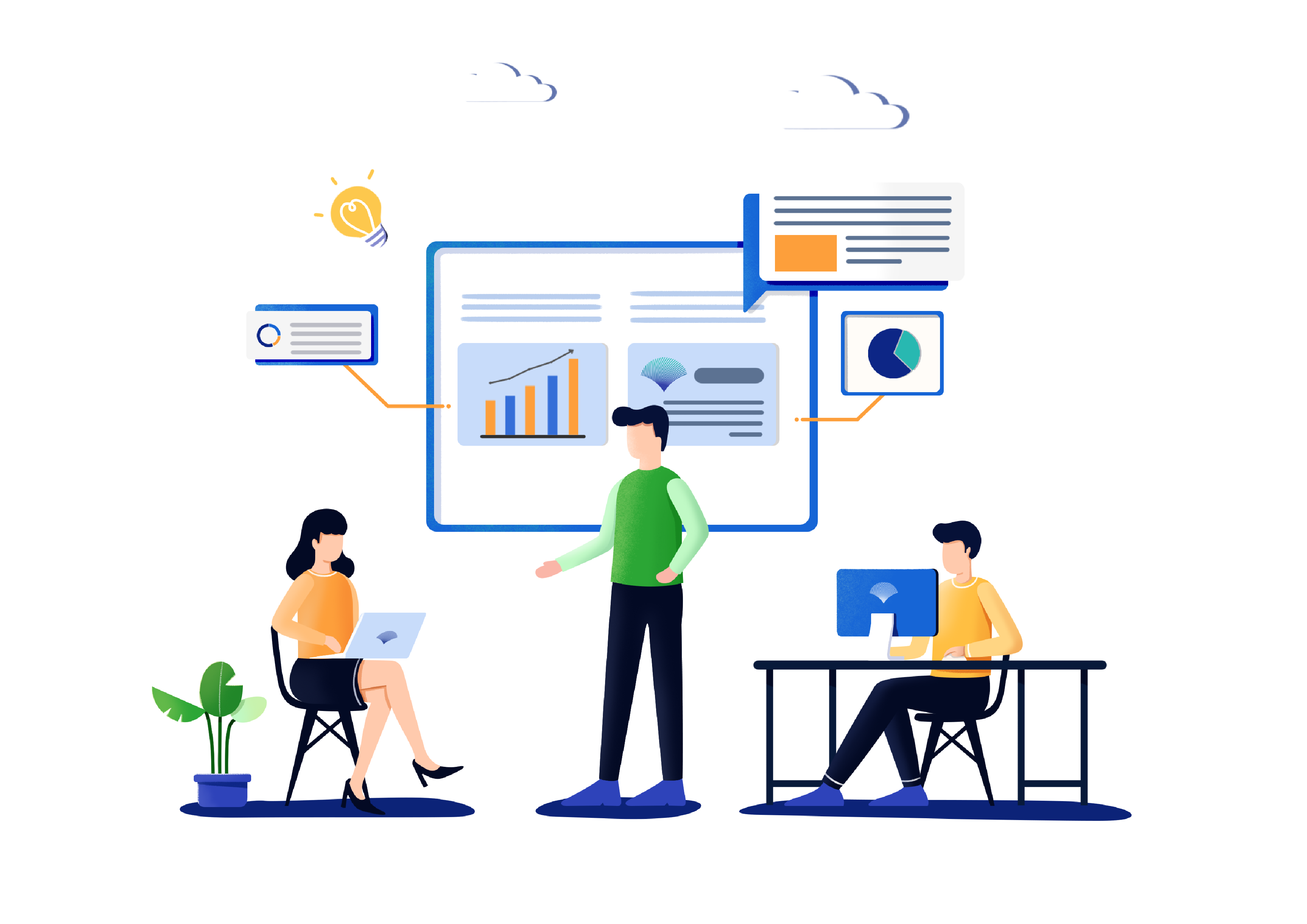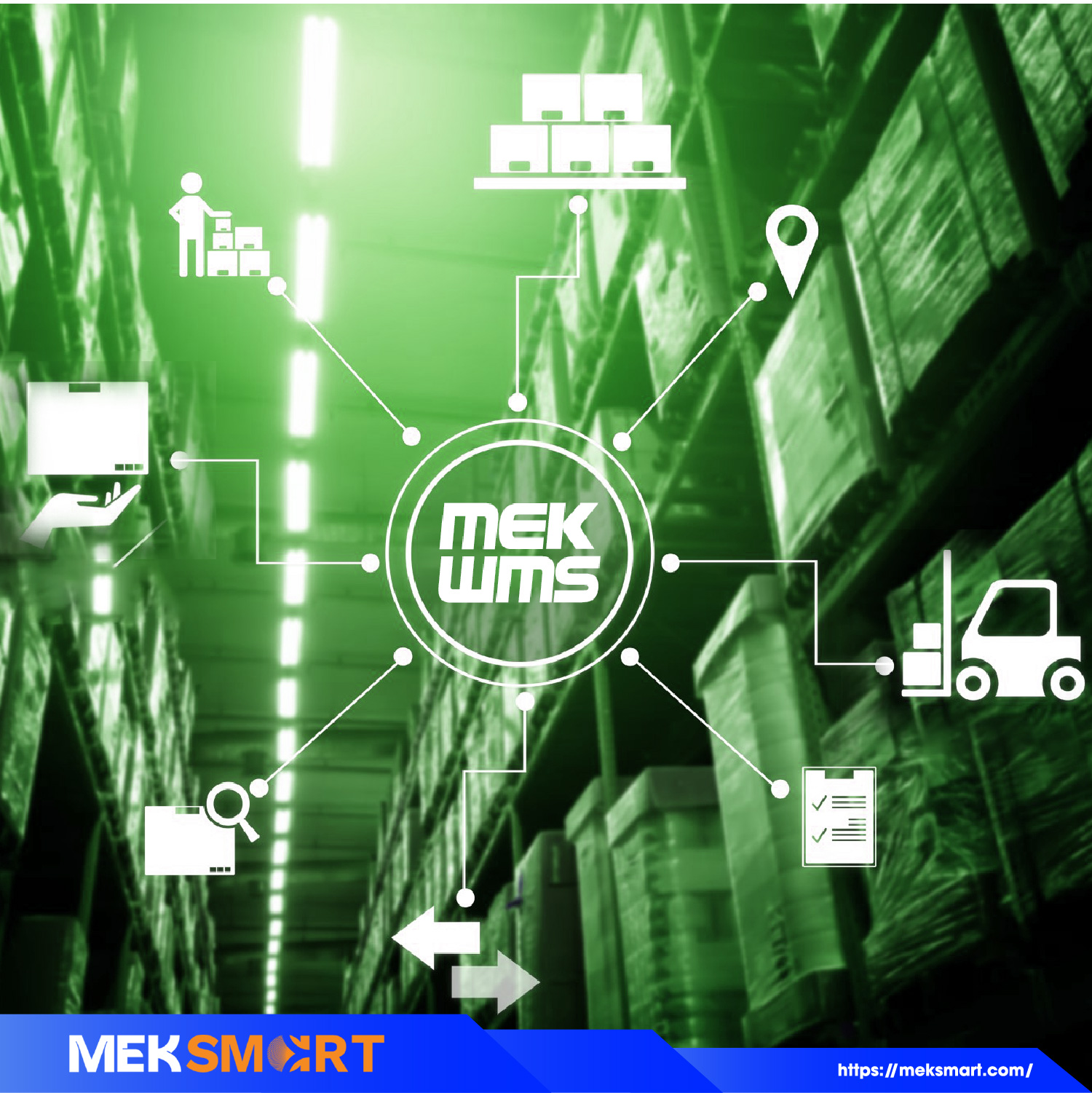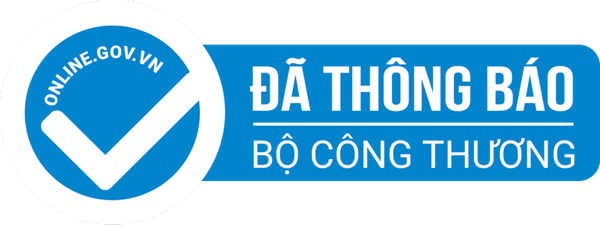MEKSMART
GENERAL NEWS
Author:
Update: 06/12/2022
DRONE- FUTURE OF GLOBAL DELIVERY OR JUST A GAME OF THE GIRLS?
In recent years, thanks to the development of technology, the logistics industry has been continuously improved to optimize business operations. Technologies such as drones to deliver goods to customers are no longer a pipe dream when retail giants such as Amazon and UPS have begun implementing them. show and get back a certain amount of success.
While the consumer benefit is obvious – goods are delivered to customers faster at a fraction of the cost. However, there are regulatory hurdles that still need to be overcome, but the technology is ready and likely to be more widely adopted in the near future.
1. What is a Drone?
Drone (also known as UAV - Unmanned aerial vehicle) is often understood as an unmanned aircraft and is controlled from a long distance. This type of aircraft is used for military or civilian reconnaissance purposes and has the ability to automate high activities, does not require special aviation equipment, and is expensive to operate. and cheap system maintenance. The application of UAVs to life is increasing strongly, from the military to science, agriculture, commerce, and entertainment, ... In recent years, drones have begun to be used for the delivery of goods. big company.
2. Benefits and harms of using drones in delivery activities
Benefit:
- Transport goods to many different locations in a short time
- Limit errors during transportation
- Savings on operating costs: According to Deutsche Bank's prediction, in the future, it is likely to cost as little as $0.05/mile for transporting goods by drone.
- Increased safety for forwarders: In the future, drones can be used to transport dangerous goods. This will contribute to minimizing possible accidents during the transportation of the freight forwarder.
Harm:
- High equipment cost: Drone is still a relatively expensive device today. Only a few large companies use delivery aircraft to improve their logistics operations. The price of drones usually ranges from $50 for small models and up to $500 for larger sizes.
- Violation of privacy: Drone will use the built-in camera to record the transport journey and determine the target destination. The fact that cameras continuously record people's physical locations, assets, and photos without their consent can be a serious privacy violation.
- Load capacity is limited.
3. Which companies are investing in drone delivery?
Amazon
Amazon is one of the pioneers in drone application for its delivery activities. The online retailer is testing Amazon Prime Air in several international locations to deliver to customers within 10 miles of an Amazon fulfillment center in 30 minutes or less.
In addition, the company is also testing drones with orders up to 5 pounds (~2.5kg) in the UK, US and Israel. The first delivery by drone was completed by Amazon in Cambridge (UK) within just 13 minutes from the time the user confirmed the order at the end of 2016.
UPS
Last-mile delivery, especially in rural areas, is often the most 'expensive' route at transport and logistics companies, which can consume up to 28% of total transportation costs. freight for the whole journey.
UPS has estimated the company could save up to $50 million annually by cutting just 1 mile (~1.6 km) from the daily routes of 66,000 delivery drivers. Understanding the importance of optimizing transportation distance, UPS has successfully tested the use of drones. The UPS drone model is designed in the style of an octocopter drone but is equipped with an additional hanging cage below, has a payload of up to 4.53kg, a built-in battery that can give a flight time of 30 minutes and the main landing area is the roof of a UPS truck.
Domino's
Popular Pizza shop Domino's successfully delivered its first pizza by drone in 2016 to a New Zealand couple. By using a drone, the time to receive a pizza is cut short to only 10 minutes after placing an order. Drone delivery has been integrated into Domino's online ordering system and is expected to become an essential part of future delivery operations.
The trend of using drones in delivery activities, and other logistics activities such as warehouse management, etc. is no longer a strange thing for global companies. However, this form is still quite new in Vietnam. Hopefully, Vietnamese businesses will soon put this model into use to help reduce delivery time, increase cost efficiency, and meet the increasing demands of customers.
According to businessinsider.com & raconteur.net











